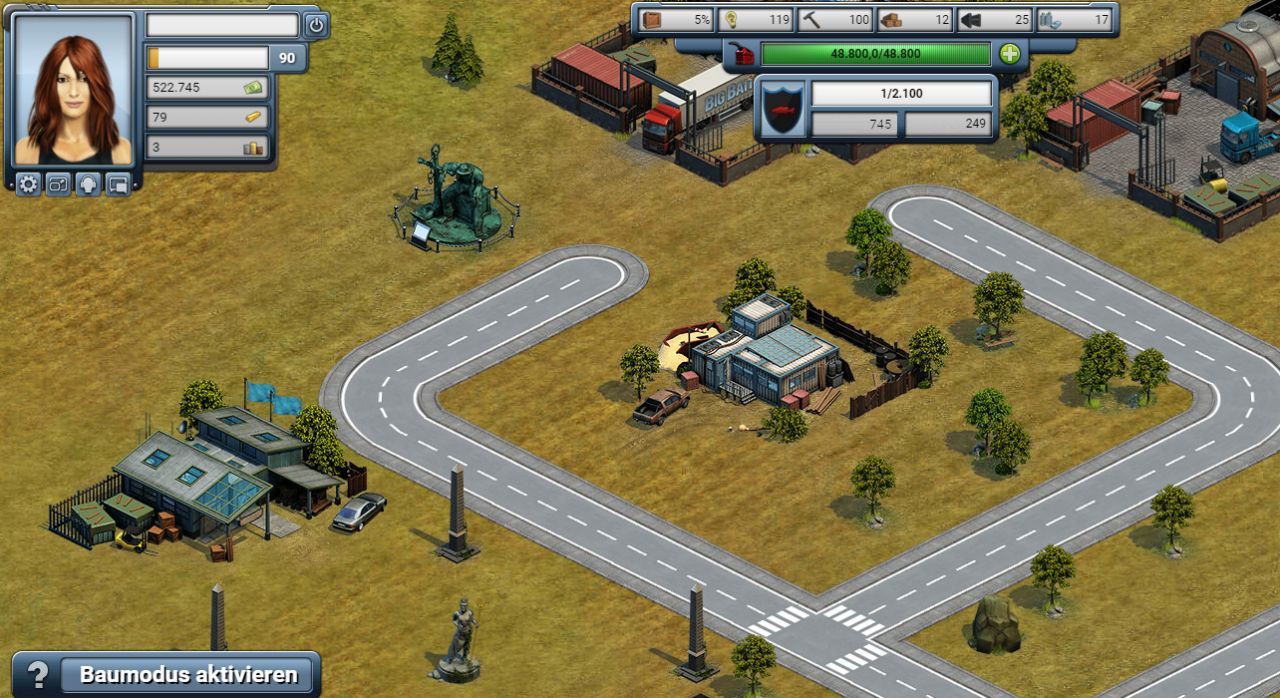Strategy, Progression, and the Art of Maritime Mastery in Big Bait
The strategic core of Big Bait isn’t merely about casting lines and hauling nets—it’s a deeply layered exercise in resource management, long-term planning, and competitive evolution. As players graduate from rookies to seasoned captains, the game pivots from tutorialized hand-holding to a sandbox of opportunity, requiring a holistic understanding of logistics, economy, and timing. One of the game’s most compelling features is its fleet progression system, which hinges on unlocking and upgrading a diverse collection of boats, each tailored for specific fishing environments and species. For instance, smaller dinghies are efficient for shallow waters and coastal fisheries, whereas longliners and trawlers offer bulk capacity and deeper reach, but require more fuel and have longer return times. Mastering this hierarchy involves juggling short-haul operations for quick cash flow against longer expeditions that yield rarer catches and contract fulfillment. Assigning the right vessel to the right task becomes a mini-game in itself—an act of logistical choreography that’s both intellectually satisfying and financially rewarding when executed well.

Beyond fleet dynamics, Big Bait leans heavily on its harbor development system, which serves as the backbone of any successful operation. Players must build and upgrade a variety of support structures—ice houses to preserve freshness, auction houses to gain access to broader markets, smokehouses and canneries to process goods, and crew quarters to manage labor efficiently. Each upgrade not only improves functionality but opens new layers of gameplay. For instance, a fully upgraded auction house doesn’t just offer better prices but introduces global contracts, which allow players to engage in time-limited challenges with unique rewards. The strategic depth expands further through the introduction of AI and player-based economies. Players can engage in cooperative endeavors, join guild-like fishing cooperatives, and even engage in bidding wars or commodity speculation based on in-game market trends. A major mechanic involves fulfilling shipping contracts that require specific fish types in large volumes under tight deadlines—these contracts often determine the viability of progressing to the next tier of equipment or unlocking new regions on the map.

 100
Play
100
Play
To thrive, players must also keep an eye on operational efficiency. Crew management is vital—each boat needs captains and deckhands, all of whom come with skill trees that can be leveled up over time. Some may specialize in faster navigation, while others boost yield or reduce maintenance costs. Assigning the right crew to the right vessel isn’t just a smart move—it’s the difference between profitability and wasted runs. These human elements create a sense of continuity and immersion; you’re not just managing assets, but building a community. Time management is another key element, as every action in Big Bait operates in real-time or on a timer-based system. Smart players learn to stack tasks, set priorities, and use downtime effectively—perhaps by upgrading a boat while another is on a long expedition or using a storm delay to bulk process fish for the next auction cycle. Seasonal events, like winter freezes or tropical storms, also influence strategy. Players must adapt their operations, perhaps pivoting to inland river fishing or investing in storm-resistant vessels, to maintain income. In total, Big Bait becomes an intricate chessboard where every piece—be it boat, building, crew member, or catch—must be moved with foresight and precision to reach long-term success.


